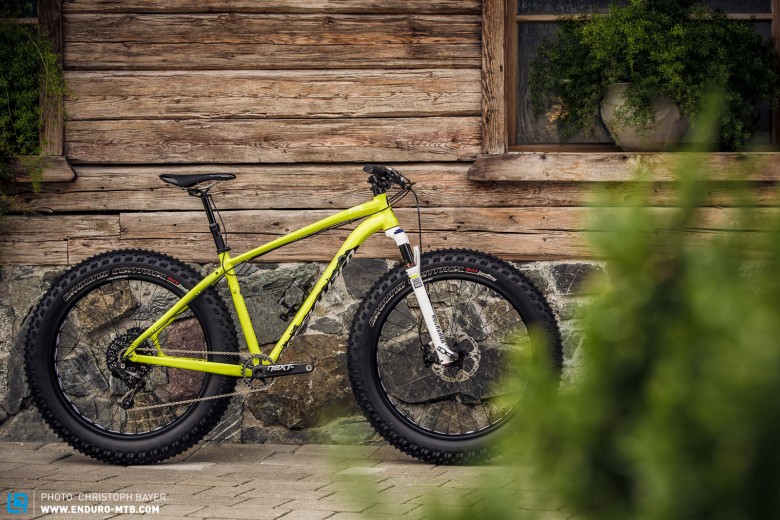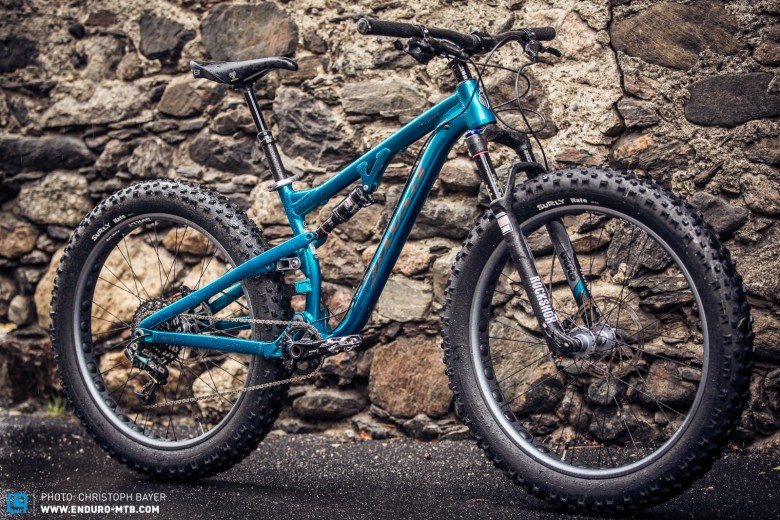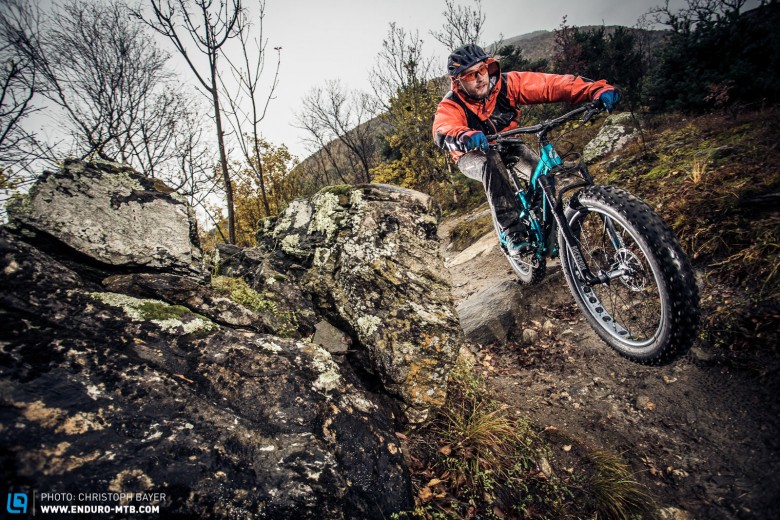DI.A 2015 Breakout Sessions | What’s The Deal With Fatbikes?


When the first fat bikes were seen in 2005, many thought the big tyres would be a short lived trend. In the meantime they’ve become more widespread especially in the USA where they are an established part of the market. But should the visually conspicuous bikes be seen as an extravagant curiosity, as a specialist vehicle with a very narrow range of terrain or are they also an interesting alternative for normal all-round bikers? In order to find out we decided to give them a comprehensive test ride and spoke with professional racers, industry insiders and end-consumers.

At this years Eurobike in the Autumn we had a double take. Almost every manufacturer had a fat bike positioned on their stand as an eyecatcher. Usually surrounded by interested show visitors. The bikes were just as popular on the test course. As an answer to our questions about first impressions and whether a fat bike could be considered as their personal ride most gave the same answer: surprisingly fun to ride but as a third bike in a rider’s fleet still too pricey.
Manufacturers gave similar feedback: they see fat bikes as an interesting addition to their existing ranges and most of their customers are open minded and interested in the wide tyres. But few would be brave enough to buy one as their main bike and as an additional machine in their normal collection most are not prepared to invest so much money.

But how do they actually ride? We tried out various versions – with and without additional suspension on various courses with different types of dirt. From the very first metres the immense grip generated by the fat tyres impressed us. The voluminous tyres can be ridden with extremely low pressures (down to 0.5 bar or 8 psi in extreme circumstances) and can so mould themselves perfectly to the ground creating a level of traction which takes a while to get used to. We had to consciously force ourselves beyond our normal cornering comfort zone. Where normal tyres have long since lost grip the big contact pitch of the fat bike tyres still gives more than adequate traction.
On sand and soft forest trails fat bikes ride faster and easier than normal. Where narrower tyres sink in the big rubber just happily rolls over.
Also on really steep, technically challenging descents we were enthused at the possibilities the big tyres enabled. Suddenly steep drop offs could be ridden slow and controlled instead of having to roll over them faster and faster like on normal bikes. Even rigid framed fat bikes offer enough extra comfort to suck up rough trails without missing a beat.

On fast sections which demand an active and dynamic riding style we however quickly had to sober up. Here the bikes got into an uncontrolled bouncing and lost lots of grip.
Logical really: a normal suspended chassis dives upon impacts initially and absorbs the energy stored up on the rebound stroke though oil damping. The latter can be adjusted through the rebound damping and this can fundamentally change the character of a bike. An unsuspended bike doesn’t have this possibility. The tyres can deform under impacts and absorb astonishingly big impacts. The energy stored is more or less returned in an uncontrolled manner and makes the bike jump around – just like with a rubber ball.

Correspondingly our first ride on the full-suspended fat bikes brought another pretty big A-HA moment. The big tyres created the same immense grip and straight line stability. In additional the bouncy effect we found on the hardtails could after a bit of fork/shock tuning be significantly reduced. In this way we were able to bash down familiar trails with a completely new riding style. On sections where you otherwise have to hit exactly the right lines between massive rocks the fat bikes could just steamroller over everything. The heavy tyres add to the stability which allows a very aggressive riding style. Point and shoot is the new motto.
Joe Parkin, MTB US legend sees it similarly. “Fat bikes are fun! If the fat tyres themselves haven’t made you grin the confidence inspiring grip and roll-over abilities will! It’s important to remember the fat tyres aren’t there to win races. But how many riders need a bike optimised for that? With big tyres you can ride demanding trails with more flow, not necessarily more speed. The average rider will be able to tackle steep climbs and descents which were too tricky before.”
And this is exactly where we see the main area of use for fat bikes. Above all occasional riders and late beginners can make use of the heavy tyre’s stability to enjoy downhills which would otherwise be too challenging.

We think fat bikes are an exciting thing and will be keeping a careful eye at their development (check also our DI.A Breakout Session: Are 650b+ Wheels the Future?). You can look forward to one or the other individual tests on this interesting new style of play riding.
Text: Tobias Döring Pictures: Christoph Bayer
Did you enjoy this article? If so, we would be stoked if you decide to support us with a monthly contribution. By becoming a supporter of ENDURO, you will help secure a sustainable future for high-quality mountain bike journalism. Click here to learn more.








